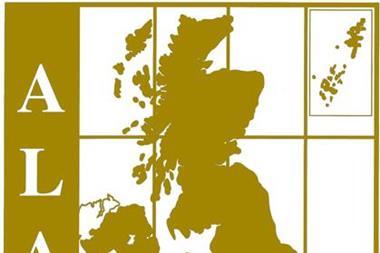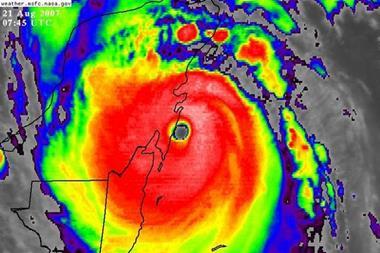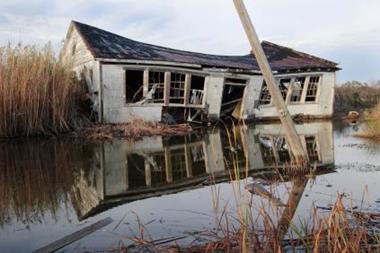The cost of homeowners’ insurance is a very sensitive subject in US coastal states, and the role that catastrophe models may play in helping underwriters determine rates is bringing them under increasing scrutiny from politicians. By Lee Coppack
There was no participation from the Florida state government at the 2008 catastrophe modelling conference organised by the Reinsurance Association of American (RAA) and International Society of Catastrophe Managers (ISCM) in February, even though it took place in Tampa.
At the same event in 2007, the Governor of Louisiana, Kathleen Blanco, had appeared and upbraided the collective insurance and reinsurance industry, including catastrophe modellers, for its treatment of the state after Hurricane Katrina.
As a result, political argument was noticeably absent in Tampa, but Dennis Burke, vice president, state relations, of the RAA warned that state legislatures are paying increasingly close attention to catastrophe provisions and catastrophe models.
In itself, this does not alarm the ISCM. Its president, Ron Nash, said, “I do not have a problem with regulators or legislators examining cat models. I do have a problem if they try to influence the science that goes into model development or try in any way to stall model development.”
A similar view comes from Andy Castaldi, ISCM secretary, who commented, “Personally I think that it makes sense to open the black box to regulators. Many consumers are directly affected by the output of the models we use, but do not understand how the models work. All too often I hear the term black box, and that regulators are prevented from seeing what is behind the models due to the proprietary constraints of what is inside them. Transparency is important. But I am strongly opposed to any regulation of models.” He added that model transparency from a regulator’s view is likely to be a topic for a future RAA-ISCM conference.
The programme in Tampa included a fusillade of challenges to conventional thinking on catastrophe modelling from Peter Taylor, project director for the Future of Humanity Institute at Oxford University, a talk which, nevertheless, the audience appreciated. Ned Field, earthquake hazards program – Northern California, US Geological Survey (USGS) spoke on the USGS latest uniform California earthquake rupture forecast. Following a full programme of talks and workshops on modeling related topics, the conference concluded with more outside perspectives, this time from a hedge fund manager and rating agencies.
Record numbers
This was the fifth RAA-ISCM catastrophe seminar, and the number attending has grown from 100 to nearly 400, which is evidence of the opportunity it offers for the insurance industry to discuss views on models, hazards, vulnerability and other sometimes sensitive catastrophe related topics, in a neutral setting.
Because of the education nature of the programme, professional levels varied considerably, from new entrants to the chief risk officers of large reinsurance companies, and included highly qualified scientists and mathematicians, who have become much more prominent in the industry in the last few years.
The three proprietary modelling companies, AIR Worldwide, EQECAT and Risk Management Solutions (RMS) were there in force, expecting perhaps to have to defend themselves against the sort of full frontal attack they got in 2007 over open source models. The issue was certainly raised, but only among others. Said Andy Castaldi, “One thing that I really enjoy about the cat seminar is that there is a broad mix of participants with various backgrounds.
What makes it extra special is that all the participants: speakers, scientists, government staff, cat modellers, underwriters, tool developers and others, many of whom have different views on things, tend to stay for the entire conference and are approachable and willing to talk with anyone.”
He would like to attract more people from the primary companies, many of which, he says, lack the resources to challenge models. “These companies can benefit and bring a great number of alternate views and concepts back with them.”
In addition to its close relationship with the RAA, said Ron Nash, the ISCM would like to work with other non-profit organisations to develop the profession of catastrophe management further. Another ISCM objective is the development of regional meetings. This year, two further meetings are scheduled, London in March and Paris in April, and Mr Nash is working with ISCM members to set up meetings in Bermuda, Chicago and, in the autumn, one in New York City.
Postscript
Lee Coppack is editor of Catastrophe Risk Management. lee.coppack@cat-risk.com www.cat-risk.com Catastrophe Modelling from a European Perspective, organised for the second year by the RAA and the International Underwriting Association (IUA), will take place in London on 18 and 18 June 2008. See www.iua.co.uk or the education pages at the RAA site at www.reinsurance.org




















No comments yet